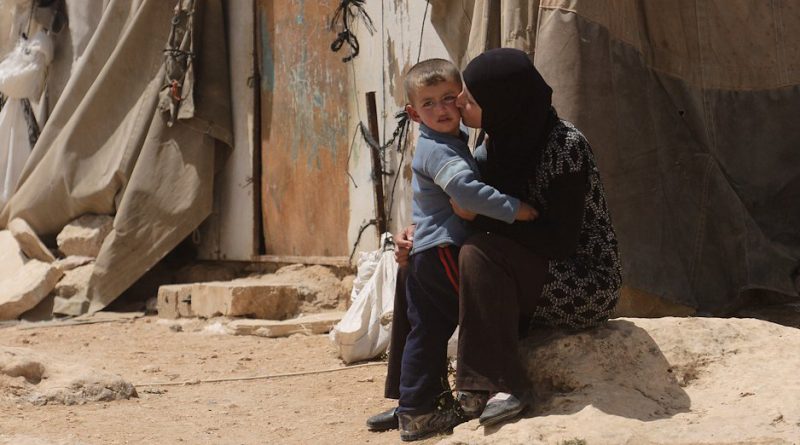Now Reading: Uttar Pradesh tops in the Parliamentary List for Most Custodial Rape Cases.
-
01
Uttar Pradesh tops in the Parliamentary List for Most Custodial Rape Cases.
Uttar Pradesh tops in the Parliamentary List for Most Custodial Rape Cases.
The Hon’ble Supreme Court, in the D.K. Basu case, had duly noted that no violation of any one of the human rights has been the subject of so many Conventions and Declarations as ‘torture’- all aiming at total banning of it in all forms, but inspite of the commitments made to eliminate torture, the fact remains that torture is more widespread not that ever before, “Custodial torture” is a naked violation of human dignity and degradation with destroys, to a very large extent, the individual personality. It had observed that the violence is a calculated assault on human dignity and whenever human dignity is wounded, civilisation takes a step backward-flag of humanity must on each such occasion fly half-mast.
However, the exhaustive guidelines of the Hon’ble Apex Court, withe respect to the subject did not come to any use, as can be observed from the recent report of the parliamentary panel, which states that over 90% of the cases of custodial rapes have been reported from Uttar Pradesh, along with the highest rate of death of women inmates in prison.
The panel looked at data from 2015 in its report on “Women in Detention & Access to Justice” in which, 95 cases of custodial rape were reported from UP, followed by two cases from Uttarakhand and one each from Andhra Pradesh and West Bengal.
It further reported that the highest incidents of deaths of women inmates in prison for three consecutive years. Out of 34,651 total rape cases registered in the country, 95 cases were registered as custodial rapes during the year 2015. Highest number of custodial rape cases were reported in Uttar Pradesh (91 cases consisting of 4 cases of gang rape and 87 cases of other custodial rapes) followed by Uttarakhand (2 cases of custodial rape other than gang rape), one case each in Andhra Pradesh and West Bengal of custodial rape other than gang rape were also registered in 2015.
With such high rates, the only inference that can be drawn is that the legislative as well as the executive authorities are lacking, where the point of effective implementation, comes into the limelight. The brutality of the police officials, towards the people in its custody is worthy of being noted and to be acted upon with the strictest of measures.
In the case of D.K. Basu v State of West Bengal, The Hon’ble Supreme Court had rightly held that,
“Custodial violence, including torture and death in the lock ups, strikes a blow at the Rule of Law, which demands that the powers of the executive should not only be derived from law but also that the same should be limited by law. Custodial violence is a matter of concern. It is aggravated by the fact that it is committed by persons who are supposed to be the protectors of the citizens. It is committed under the shield of uniform and authority in the four walls of a police station or lock-up, the victim being totally helpless. The protection of an individual from torture and abuse by the police and other law enforcing officers is a matter of deep concern in a free society. The issues are fundamental.”
Even during the discussion, the Panel had stated that “police brutality during custody is one of the several forms of police misconduct which assumes grave proportions when it is perpetrated against the weaker and vulnerable sections of the society.”
While recommending the installation of CCTV cameras, throughout the vicinity of the jails, however, it seems that there is much more that could be done to save the prisoners and the other people in custody from the violence and torturous acts, that can be carried out by the police officials having authority over them.








